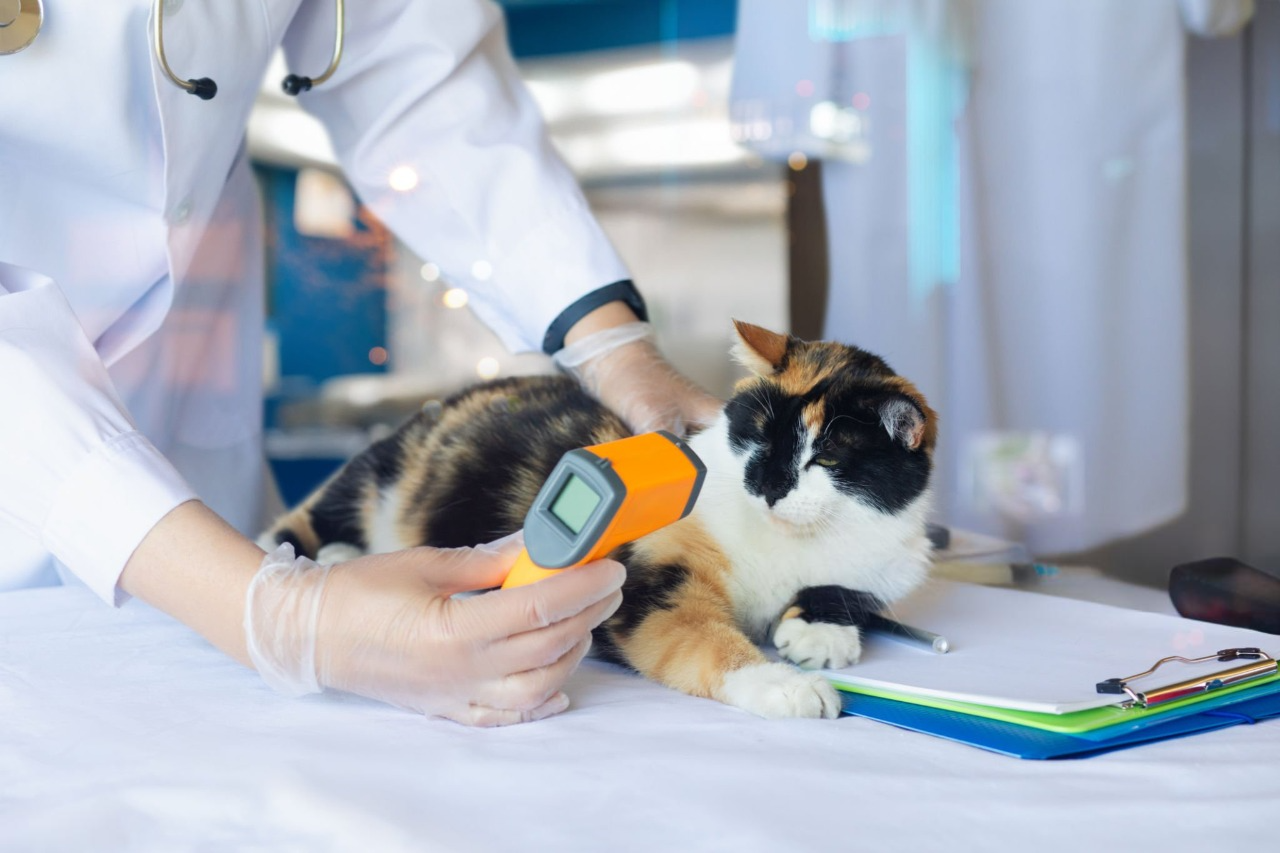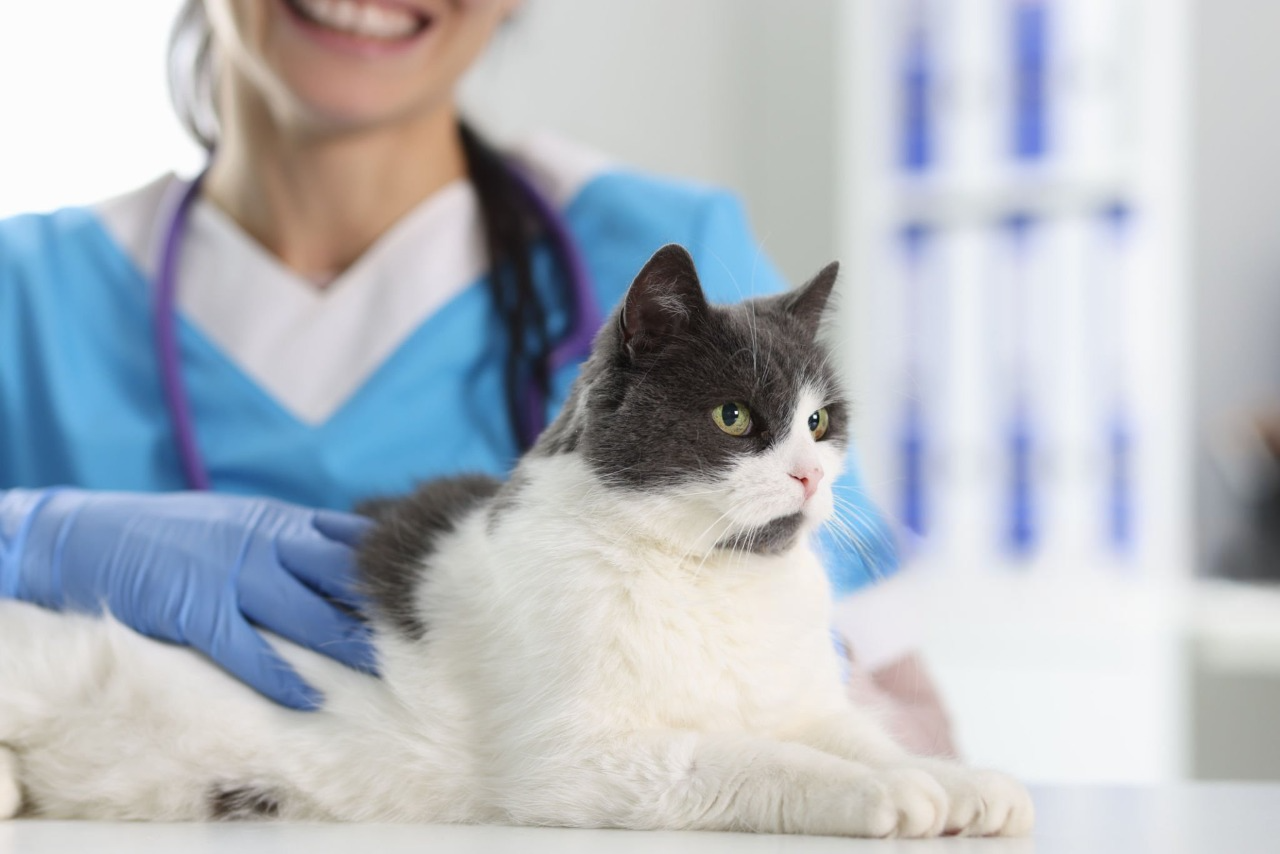How to Accurately Measure Your Cat’s Temperature: A Step-by-Step Guide
Knowing how to take your cat’s temperature is essential when you suspect they may be sick. A cat with a fever might show signs of discomfort, and temperature measurement is the only reliable way to confirm it. This process only takes a few minutes, but it’s important to be prepared and approach your cat calmly.
Why You Should Take Your Cat’s Temperature
If your cat is showing signs of illness such as a lack of appetite, lethargy, or shivering, taking its temperature is the best way to confirm a fever. Cats typically have a normal body temperature between 100.5°F and 102.5°F (38°C to 39.2°C). If their temperature is higher than this range, it could indicate an infection or other health issues that may require veterinary attention.
Signs of a Fever in Cats
Before taking your cat’s temperature, look for behaviors that suggest it may have a fever. A fever can be a natural response to illness, as it helps fight off infections by boosting the immune system. However, a temperature above 106°F (41°C) can be dangerous and cause organ damage, so if your cat’s fever is high, seek veterinary care immediately.
Common signs of a fever in cats include:
- Loss of appetite
- Depression or lethargy
- Lack of energy
- Decreased drinking
- Shivering or rapid breathing
- Vomiting or diarrhea
- Sneezing
If your cat is exhibiting any of these signs, it’s time to take their temperature.

How to Take Your Cat’s Temperature
There are two main methods for measuring a cat’s temperature: rectally and via the ear. While ear thermometers are easier to use, rectal thermometers offer more accurate readings. Below is a step-by-step guide for each method.
1. Taking a Rectal Temperature
This is the most accurate way to measure your cat’s temperature. Here’s what you’ll need:
- A digital rectal thermometer (specifically for pets)
- Lubricant like Vaseline or KY Jelly
- Timer (with a second hand or digital timer)
- A towel (for wrapping the cat)
Preparation:
- Turn on the thermometer and set it to zero.
- Lubricate the thermometer with a small amount of Vaseline or KY Jelly.
- Position your cat on a flat surface, such as a countertop, and hold it gently but securely. You can use a towel to wrap your cat and keep it still if necessary.
Insertion:
- Lift the cat’s tail with one hand and slowly insert the thermometer about 1/2 to 1 inch into the cat’s anus.
- Hold it in place for 2 minutes or until the thermometer beeps (if digital).
- Talk to your cat in a calm, soothing voice to reduce stress during the process.
After Measurement:
- Gently remove the thermometer and record the temperature, along with the date and time.
- Clean the thermometer thoroughly with warm water and disinfectant soap. It’s important to store the thermometer separately from human-use thermometers.
- Wash your hands and disinfect the area where you cleaned the thermometer.
2. Taking Your Cat’s Temperature via Its Ear
Using an ear thermometer is an alternative, although less accurate, method. Ear thermometers are quick, but they must be placed in the correct position inside the ear to give an accurate reading.
Steps:
- Insert a digital ear thermometer into your cat’s ear canal, holding it horizontally.
- Be sure to keep your cat’s head steady while taking the reading.
- Wait for the thermometer to beep and then record the result.
- Clean the thermometer thoroughly after use.
Tips for Success:
- If your cat resists, try gently holding it by the scruff of the neck. This can help calm the cat temporarily, making it easier to take the reading.
- If you’re having difficulty holding the cat still, enlist the help of a second person to help hold and comfort your pet during the process.
When to Call the Vet
A temperature of 103°F (39.4°C) or higher in a cat warrants a call to the veterinarian. If the temperature reaches 105°F (40.5°C), your cat needs immediate medical attention. High fevers can lead to organ damage, so it’s important not to delay seeking professional care.
Tips for Managing the Process
Taking your cat’s temperature can be challenging, especially if they resist. Here are some tips to make the process smoother:
- Wear protective gear: Long sleeves and gloves can help protect you from scratches and bites.
- Stay calm: Cats can sense your anxiety, so staying calm will help keep your cat calm.
- Reward your cat: After the temperature check, offer your cat a treat or some extra attention to make the experience more positive.
Conclusion
Knowing how to take your cat’s temperature is an important skill that can help you detect fevers and other health issues early. Whether you use a rectal or ear thermometer, always handle your cat gently and calmly. If you suspect your cat is ill, contact your veterinarian for guidance and care. Keeping an eye on their behavior and temperature can help ensure that they stay healthy and comfortable.

“A blog for pet lovers” is a dedicated space where animal enthusiasts can explore tips, stories, and expert advice on pet care, training, health, and more. Whether you’re a dog person, a cat lover, or someone who adores all animals, this blog offers a warm and engaging community for you to connect, learn, and celebrate the joy of having pets…







